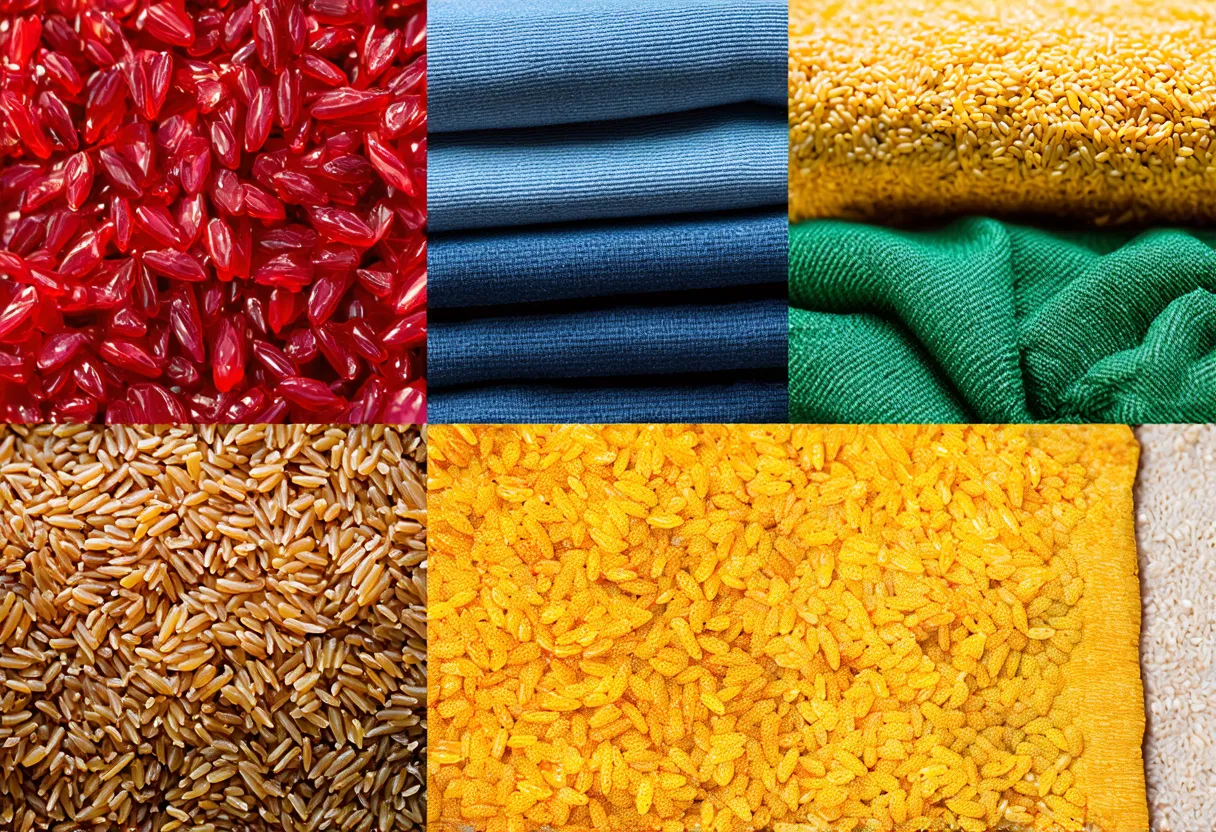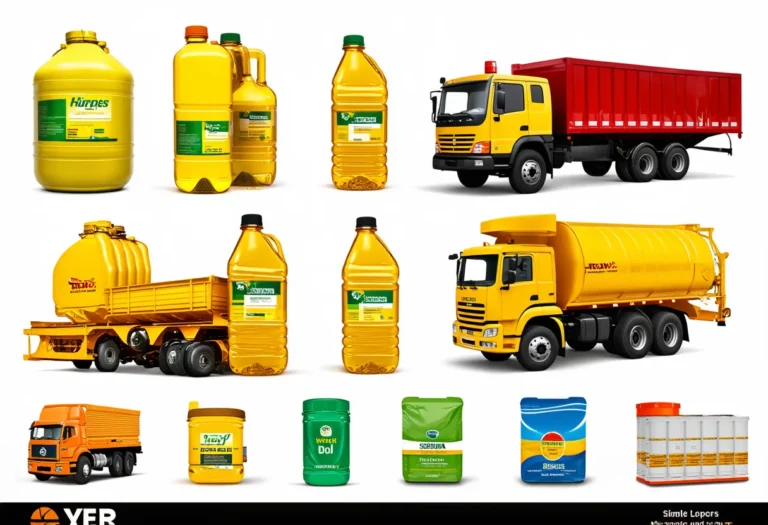Haiti, with a population of 11,584,996, is ranked 79th in the world, just behind Belgium. Located in the Caribbean, Haiti covers an area of 27,750 square kilometers, ranking 137th globally, below Burundi.
Haiti’s economic position in 2022 reflects a GDP of $20,353,518,84.60, ranking it 117th globally. It lags behind Botswana, with a GDP of $20,355,541,962.85. In terms of GDP per capita, Haiti ranks 150th with $1748.26, trailing Cambodia with a GDP per capita of $1759.61.
Despite facing challenges, Haiti continues to work towards economic growth and development, aiming to improve its position on the global economic stage.
What are the economic activities of Haiti?
- Primary activities: 22.1% of GDP.
- Secondary activities: 20.3% of GDP.
- Tertiary activities: 57.6% of GDP.

Primary Sector of Haiti
Haiti’s primary sector, primarily agriculture, thrives due to its tropical climate and rich natural resources. With 65.13% of the land dedicated to agriculture, the country produces a diverse range of products including sugarcane, cassava, mangoes/guavas, plantains, bananas, maize, avocados, tropical fruits, rice, and vegetables.
Despite agriculture contributing 22.1% to the GDP, the sector plays a crucial role in providing livelihoods and sustenance for many Haitians. The variety of crops and animal products highlights the importance of agriculture in ensuring food security and economic stability in the country.
The country’s rich geological diversity provides a wide range of natural resources. These include bauxite, copper, calcium carbonate, gold, marble, and abundant hydropower. The vast arable land also supports agriculture, driving the economy through mining and agriculture sectors.
Secondary Sector of Haiti
What is the secondary sector or what are secondary activities?
The secondary sector involves industries that transform raw materials from primary activities into finished products for consumption. In Haiti, the main industrial products include textiles, sugar refining, flour milling, cement, and light assembly using imported parts. These products play a significant role in the country’s economy and contribute to its industrial growth.
In 2023, manufactures accounted for a small percentage of Haiti’s total exports, indicating their limited significance in driving the country’s economy and trade.
Tertiary sector of Haiti
What is the tertiary sector or what are tertiary activities?
The tertiary sector in Haiti encompasses various services where individuals provide knowledge and time to enhance productivity and meet needs. Key activities include restaurants, healthcare, education, banking, communication, media, and tourism. These services are crucial for economic growth and societal development in Haiti.
Highlighting these, Tourism plays a crucial role in Haiti’s economy, contributing significantly to its annual revenue. With 938,000 annual arrivals and a tourist arrival ratio of 0.081 to the population, the country’s top attractions include the vibrant capital Port-au-Prince and the picturesque Labadee island, renowned for its pristine beaches and unique cultural experiences.
Another example of tertiary economic activity is the mobile cellular sector, with approximately 7.3 million subscriptions, supporting technological growth by enhancing communication, fostering innovation, and facilitating e-commerce.
Military Activities and Economic Sectors of Haiti
The military is a key example of multiple economic activities in a country. It involves the primary sector through resource extraction for military use, the secondary sector by manufacturing military equipment, and the tertiary sector by providing various services. Additionally, the military engages in the quaternary sector with research and development, and the quinary sector for high-level decision-making and strategy.
In Haiti, the most recent annual military expenditure is 11.7 million US dollars, which is 0.069% of the country’s GDP. The active military force consists of 700 personnel, resulting in 0.1 active military members per 1,000 capita.
International Trade of Haiti
Import Activities of Haiti

Haiti’s import activities are crucial, accounting for 29.29% of its GDP, totaling $593,242,539.05 in 2023.
Haiti’s key import activities include refined petroleum, rice, cotton fabric, garments, and plastic products. The country’s top import partners are the US (31%), Dominican Republic (26%), China (16%), Indonesia (3%), and India (2%).
Exports Activities of Haiti

Haiti’s total exports in 2023 amounted to $1,466,106,034.68, representing 7.24% of its GDP. With a low export contribution, there is potential for growth and economic diversification through increased trade activities.
Haiti’s export activities are primarily focused on garments, essential oils, scrap iron, bedding, and tropical fruits. The country’s main export partners are the US (84%), Canada (4%), Mexico (2%), Thailand (1%), and France (1%).
Haiti economy challenges in 2024
In 2024, Haiti continues to face challenges with extreme poverty, high inflation, and income inequality. Civil unrest persists following the recent presidential assassination. Despite preferential market access to the US and openness to foreign investment, the country struggles to stabilize its economy and political situation.




Leave a Reply